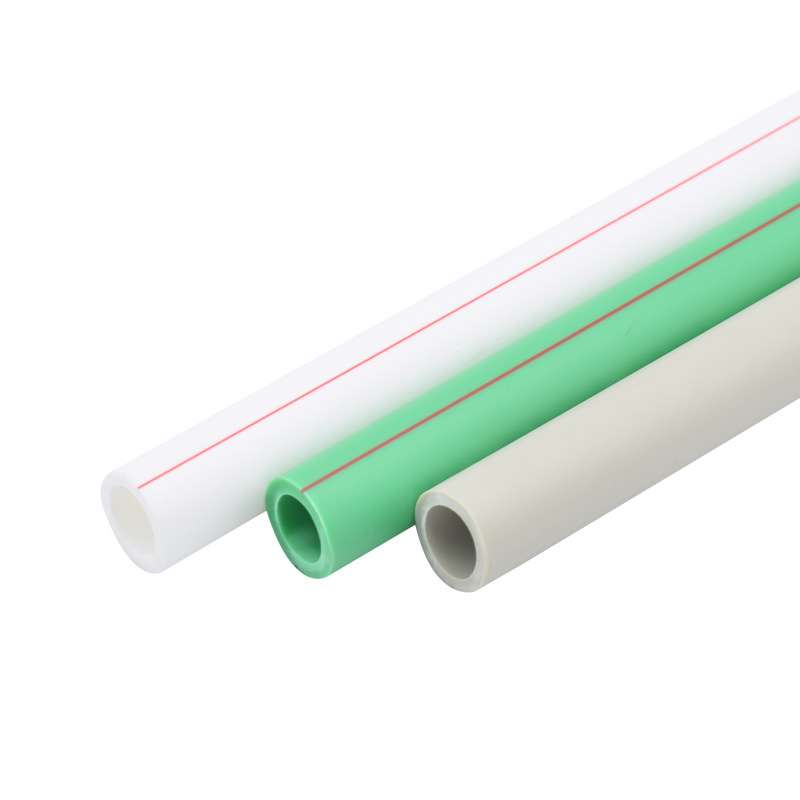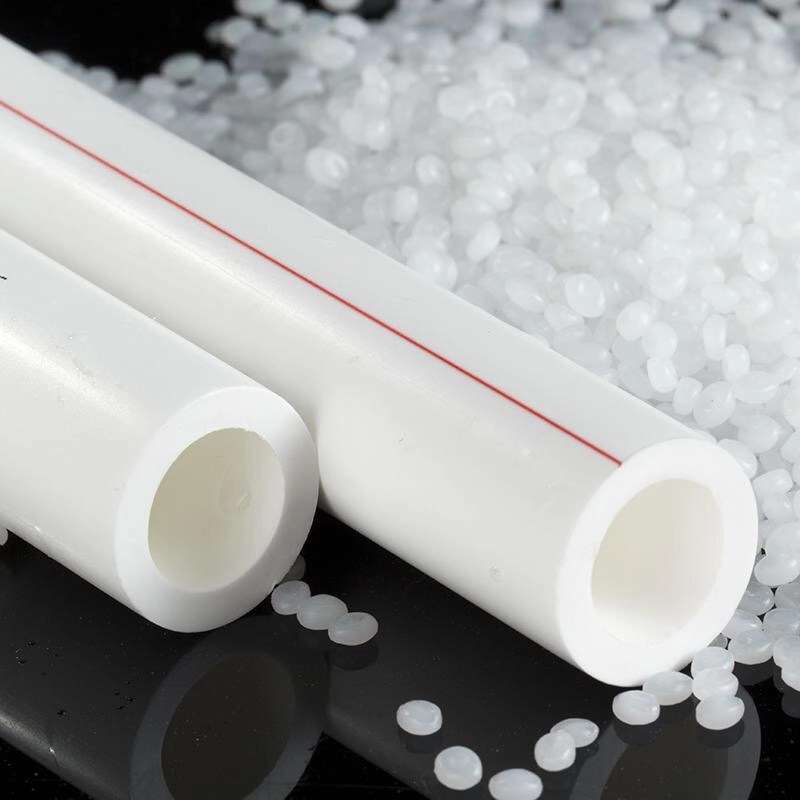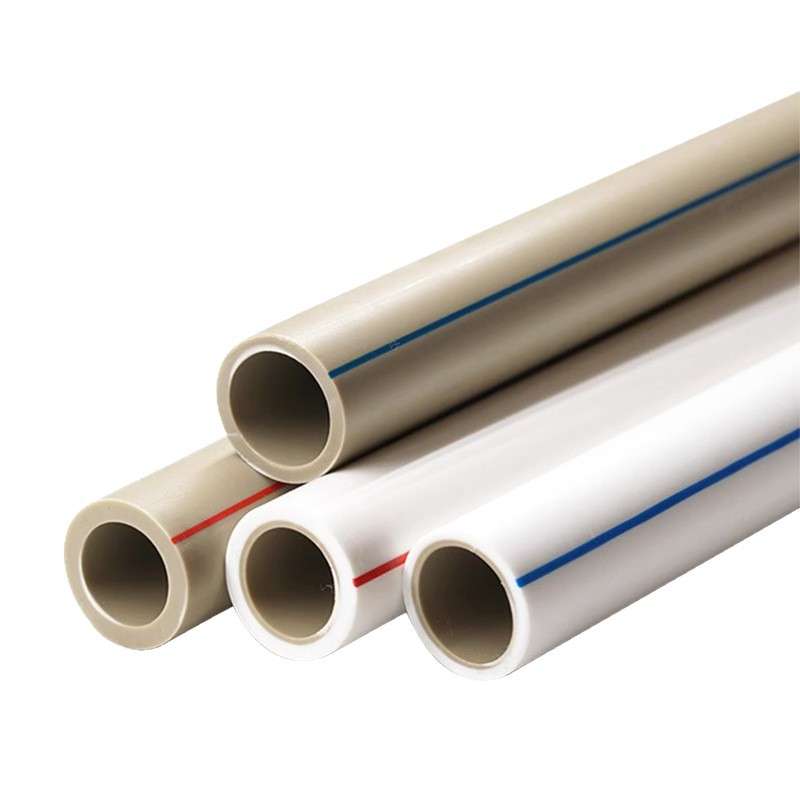PPR Pipes: 2025 Green Upgrade, Market Layout and Tech Trends
2025-10-20
In the global push for green construction and smart cities, PPR pipes have evolved from basic water supply parts to core components of low-carbon fluid systems. Driven by China’s 480-billion-yuan market forecast, the EU’s recycled material rules, and North America’s infrastructure needs, manufacturers now focus on balancing regional standards, seizing green-intelligent dividends, and exploring new demands.
PPR tech has shifted from "meeting parameters" to "creating value," with green materials, smart manufacturing, and scenario-based functions as cores.

Global Market Pattern & Regional Demand
The global PPR market centers on China, Europe, and North America, with clear demand differences.
1. Core Market Demand Comparison (2025)
|
Market Dimension |
Chinese Market |
European Market |
North American Market |
|
Core Driver |
Old community renovation, "coal-to-electricity" |
Circular economy, green building certs |
Housing renovation, water purification |
|
Main Scenarios |
Civil water supply (68%), heating (22%) |
Building water (45%), industrial fluid (30%) |
Water purification (52%), cold water (35%) |
|
Price Acceptance |
≤20 yuan/m (70% market share) |
≥15 euros/m (65% market share) |
≥3 USD/m (72% market share) |
|
Key Indicators |
Cost-performance, 50+ year life |
Recycled ratio, carbon footprint |
Lead-free cert, corrosion resistance |
|
New Demands |
Hospital gas, data center cooling |
100% recycled products, solar matching |
Intelligent leak-proof, low-temp resistance |

Tech Upgrades & Performance Breakthroughs
PPR tech has shifted from "meeting parameters" to "creating value," with green materials, smart manufacturing, and scenario-based functions as cores.
1. Green Materials: Full-Chain Carbon Reduction
30% of China’s production lines use bio-based polypropylene, cutting raw material carbon emissions by 22%.
Sinopec-BASF’s 15% recycled PPR material passed 10,000-hour hydrostatic tests (95°C, 1.2MPa), with <3% performance deviation from virgin materials. It’s supplied to Germany’s Uponor, reducing per-meter carbon emissions by 28%.
To meet the EU’s 2027 rule (≥30% recycled materials), Chinese firms boost recycling—East China’s waste PPR recycling rate hits 45%.
2. Smart Manufacturing: Efficiency & Quality
Digital twin production lines cut spec-adjustment time from 4h to 35min, slashing debugging waste and defect rates to <0.8%.
AI visual inspection identifies 0.05mm wall thickness deviations, saving 900,000 yuan/year per line in raw materials.
Intelligent packaging boosts efficiency 4-5x, lowering transport damage from 3.2% to 0.5%.
3. Scenario-Based Functions: Expanding Boundaries
Medical antibacterial PPR (99% antibacterial rate) replaces copper pipes, cutting project costs by 30%.
High-smooth PPR for data center cooling saves 70,000 kWh/year per 10,000㎡.
Differentiated products: High-temp pipes (Vicat ≥130°C) for East Asia; low-temp toughened pipes for Southeast Asia (62% Asian market share).

Future Trends & Enterprise Strategies
1. Specification Upgrades
Lightweight: DN25mm S3.2 pipes thin from 3.5mm to 3.2mm, boosting hydrostatic strength by 10% and cutting weight by 9%.
Intelligence: Singapore tests PPR with pressure sensors (Bluetooth data transmission), to be high-end standard by 2026.
2. Global Layout
Chinese firms invest 120% more in Mexican factories for North American localization.
Middle East/Africa become top export markets (45% of China’s exports), with average price up to $2,350/ton.
3. Standard Compliance
60% of brands hold China Environmental Label and carbon footprint certs.
Firms invest 2-3% of revenue in mold/process upgrades to meet upcoming ISO 21003 (higher hydrostatic temp, stricter wall thickness).
Future PPR competition will focus on low-carbon solutions, smart services, and global supply chains—no longer just price wars.




